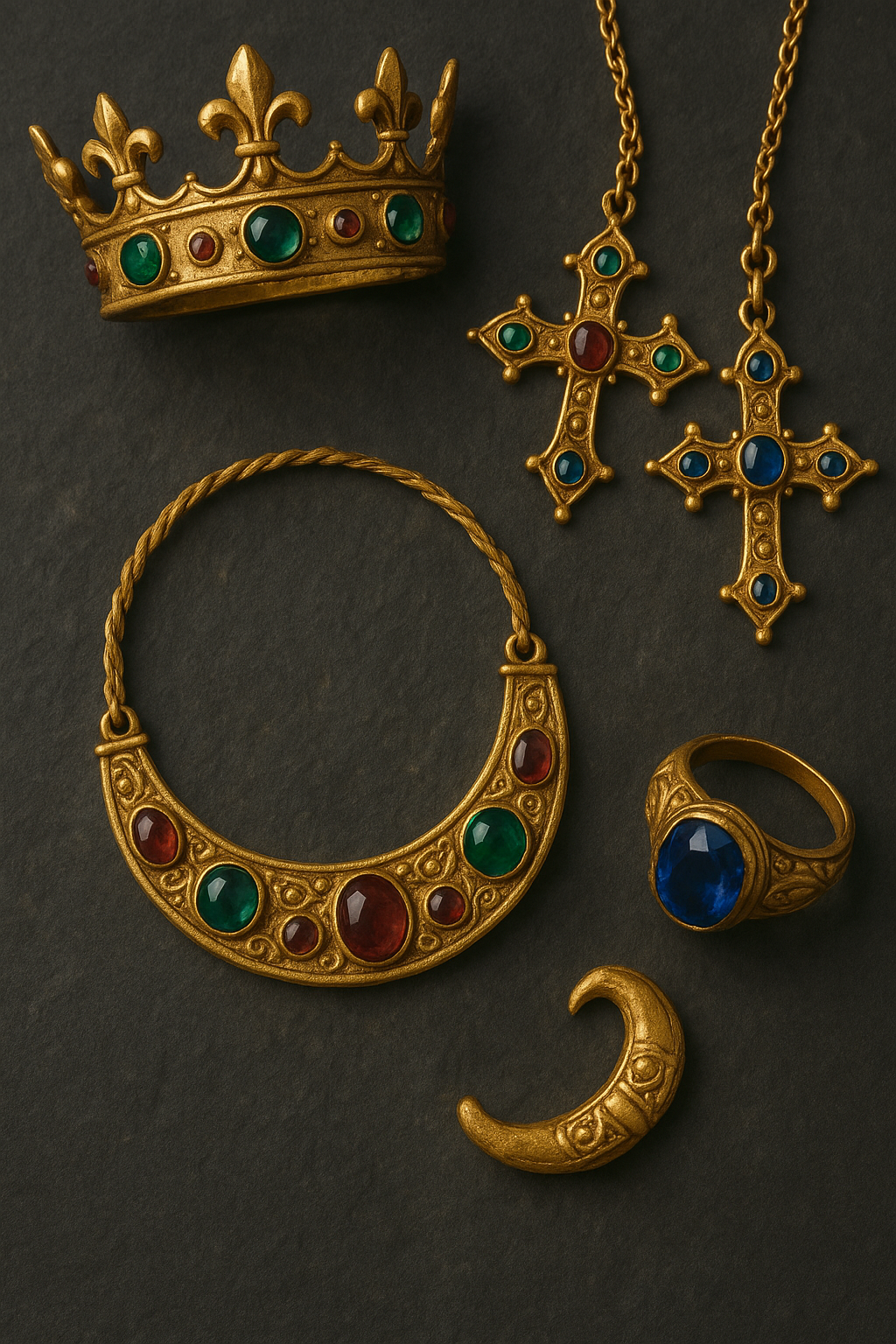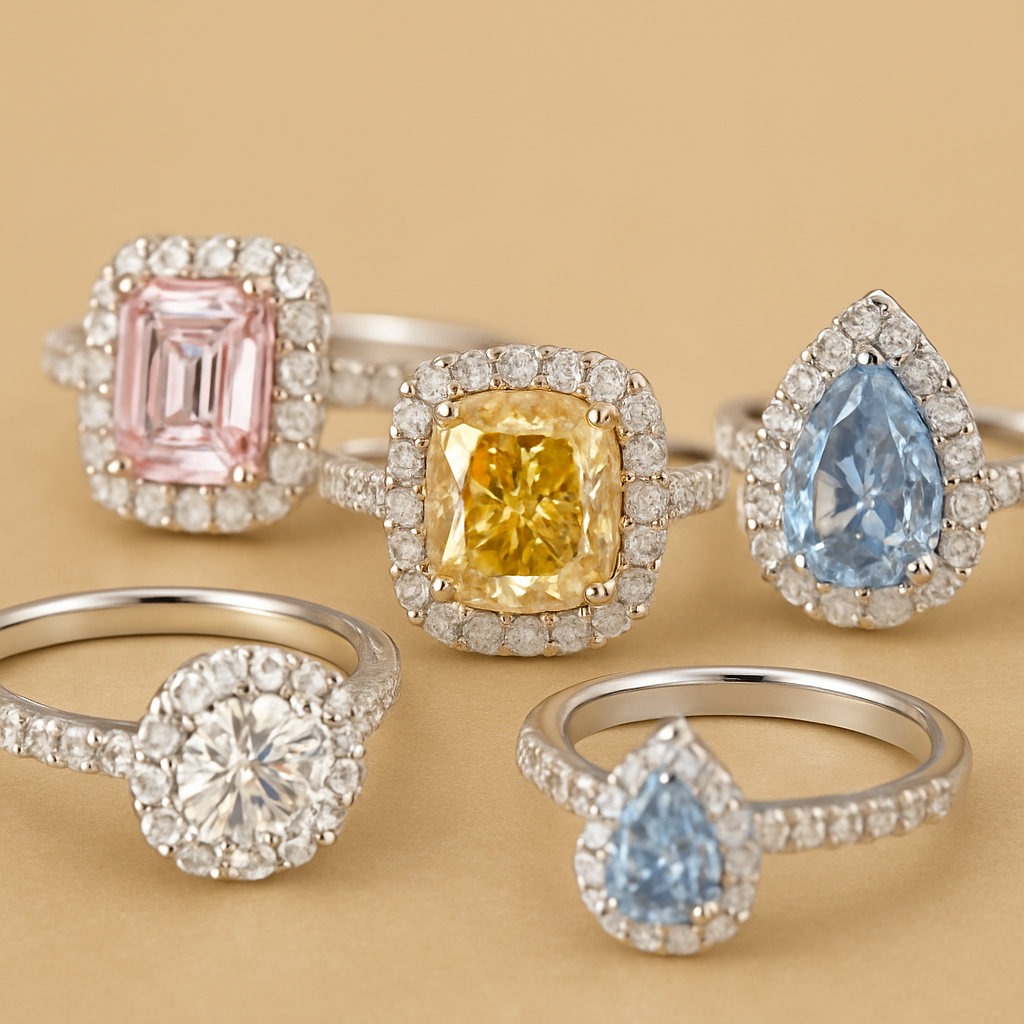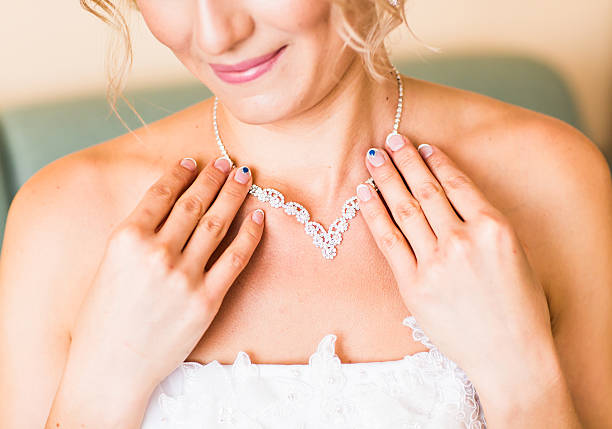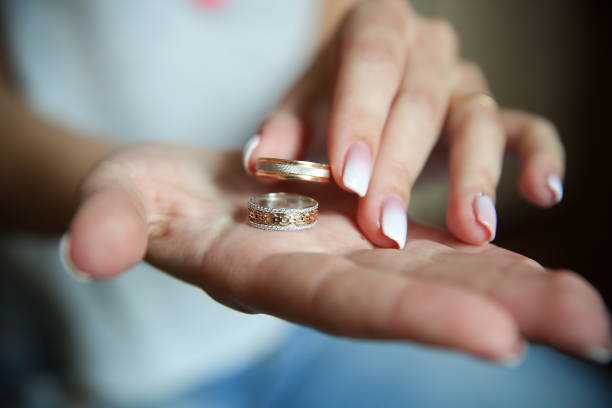Jewelry has been a silent storyteller of culture, status, love, spirituality, and identity since the beginning of civilization and continues to do so on red carpets today. Every metal, gemstone, and motif has significance and reflects the aesthetics and ideals of its era. This blog explores the evolution of jewelry as living art as well as adornment, taking you on a glittering journey through the ages.
1. Prehistoric Jewelry: The Origins of Adornment (c. 100,000 BCE – 3,000 BCE):

Using materials found in nature, such as bones, teeth, shells, feathers, and stones, early humans made jewelry long before metallurgy and gemstones. These rudimentary ornaments served the following purposes:
- Amulets for fertility, protection, and tribal identity serve spiritual and symbolic functions.
- Social hierarchy: More ornate clothing was frequently worn by shamans or leaders.
- The earliest evidence was discovered in Morocco and consisted of perforated Nasserist shells, which date back to 100,000 BCE. Symbolic self-expression is suggested by beads from Blombos Cave in South Africa, which dates back to around 75,000 BCE.
Jewelry was about identity, spirituality, and survival, not luxury.
2. Ancient Egyptian Jewelry (c. 3000 BCE – 30 BCE):
The Egyptians deified jewelry. To them, jewelry was not only beautiful — it was religious and protective.
Key Features:
- Materials: Gold (said to be the gods' flesh), faience, lapis lazuli, turquoise, carnelian.
- Symbolism: Scarabs (rebirth), the Eye of Horus (protection), lotus flowers (purity), ankh (life).
-
Usage: Jewelry was used by men, women, and even children of all classes. The more wealthy used more elaborate and gem-set pieces.
- Funeral rites: Jewelry was placed with the dead in order to lead and protect them in the afterlife. The treasures discovered in Tutankhamun's tomb (more than 5,000 pieces) are representative of this practice.
3. Mesopotamian and Indus Valley Jewelry (c. 3000–1000 BCE):
Jewelry among the Sumerians and Indus Valley civilizations served to signify prosperity and social status.
Highlights:
-
Materials: Gold, silver, lapis lazuli, agate, carnelian beads.
-
Craftsmanship: Techniques such as filigree, granulation, and repoussé evolved early.
-
Gender roles: Women and men both used jewelry — including earrings, necklaces, belts, headdresses.
- Cultural exchange: Jewelry pieces found in Mesopotamia held materials exchanged from as far as Afghanistan and the Indus Valley.
4. Ancient Greek Jewelry (c. 1600–31 BCE):
Greek jewelry emphasized nature-inspired designs, mythological tales, and elegant beauty.
Features:
- Eros (the god of love), lions, snakes, vines, and olive leaves are among the motifs.
- Materials: Gold, silver, and bronze, frequently adorned with gemstones such as amethyst, garnet, and emerald, as well as enamel.
- Techniques: Advanced levels of repousse, filigree, and granulation were achieved.
- Function: Jewelry was saved for religious rituals and special events. frequently buried with the dead or offered to the gods.
- Symmetry, harmony, and symbolic power were prized in Greek jewelry.
5. Roman Empire Jewelry (c. 500 BCE – 476 CE):
-
Best sellers: Signet rings, fibulae (brooches), bracelets, diadems, earrings.
-
Materials: Gold, silver, pearls, sapphires, emeralds, and glass paste.
-
Novelty: Romans popularized extensive application of engraved cameos and intaglios (used to seal letters).
-
Men & jewelry: Roman men wore rings to demonstrate power or status.
-
They also established mass markets for jewelry, making it more affordable for the middle class.
6. Byzantine Jewelry (c. 330–1453 CE):
-
Excessive use of gold: Representing divine light.
- Religious iconography: Crosses, angels, and relics were central.
- Techniques: Cloisonné enamel and niello (black inlay on silver or gold).
-
Worn by: Emperors, clergy, and nobility — jewelry defined religious piety and imperial power.
- Byzantine works were elaborately decorated and tended to be handed down as religious heirlooms.
7. Medieval European Jewelry (c. 500–1500 CE):

During the Middle Ages, jewelry grew more symbolic and religious than showy.
Themes:
-
Devotion & faith: Jewelry was frequently filled with relics, depictions of saints, or verses.
-
Legally restricted: Sumptuary laws regulated what non-nobles could adorn themselves with.
-
Techniques: Champlevé enamel, cabochon-cut gemstones, elaborate metalwork.
-
Royal use: Crowns, brooches, and seal rings were the insignia of absolute power.
- Jewelry was a mark of piety, birth, and status — not personal choice.
8. Renaissance Jewelry (14th – 17th Century):
-
Love knots, hearts, zodiac motifs.
- Gem cutting became more refined, with rose-cut diamonds gaining popularity.
- Portrait lockets, gemstone rings, and ornate pendants were exchanged as love tokens.
9. Georgian and Victorian Eras (18th – 19th Century):
-
Everything was done by hand.
- Floral and bow patterns with gemstones backed with foil.
-
Romantic Period: Snake rings (eternal love), flower motifs.
-
Grand Period: Mourning jewelry in black jet or onyx, sometimes with hair.
- Aesthetic Period: Delicate, whimsical patterns.
10. Art Nouveau and Art Deco (1890s – 1930s):
-
Driven by nature and fantasy: dragonflies, peacocks, women with flowing locks.
- Artists such as René Lalique favored enamel, opals, and moonstones.
-
Geometric, symmetrical, modern.
-
Platinum, diamonds, onyx, jade.
- Inspired by the tomb discovery of Tutankhamun in 1922.
Conclusion: Jewelry as an Ageless Language







